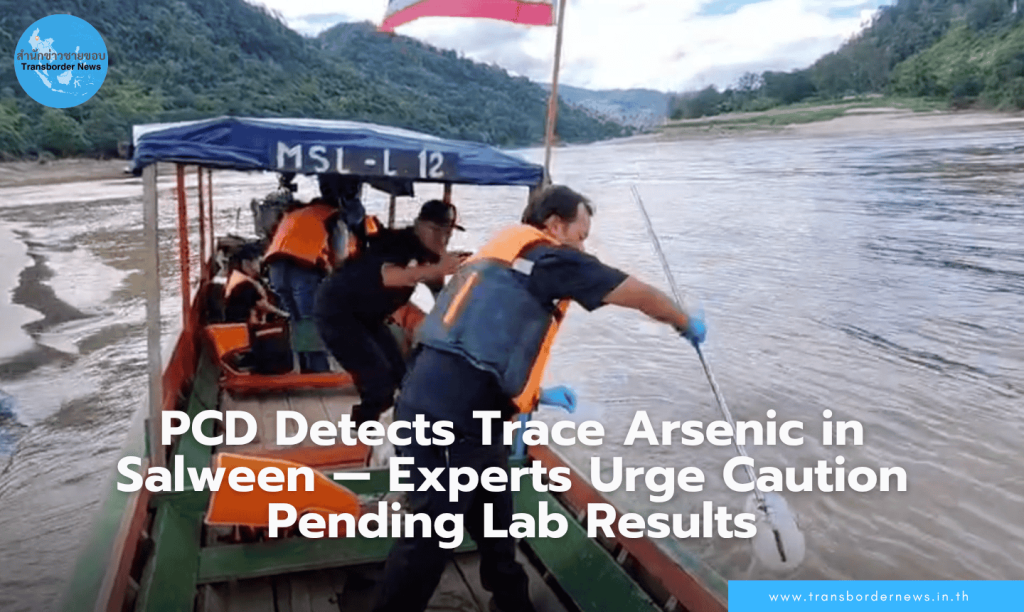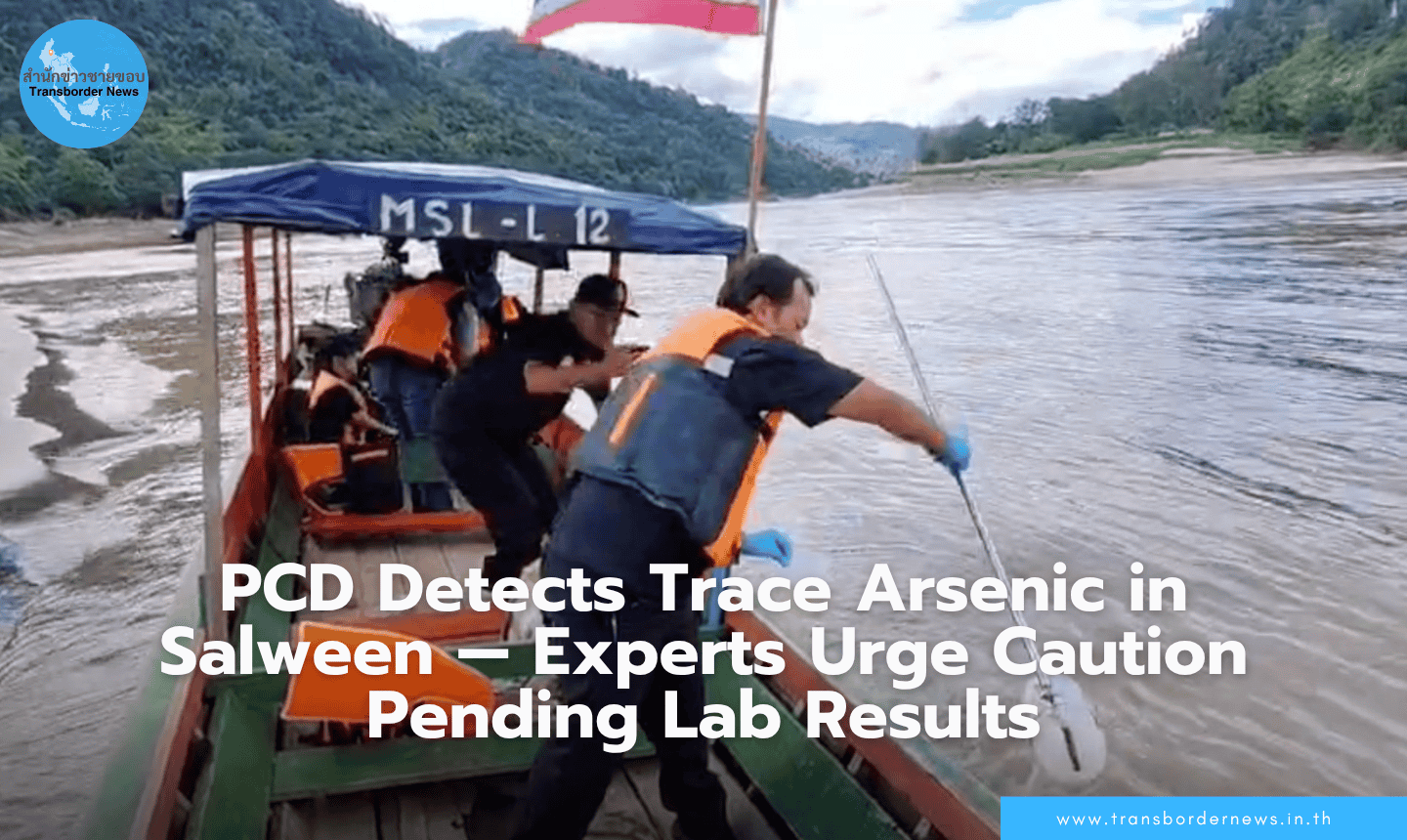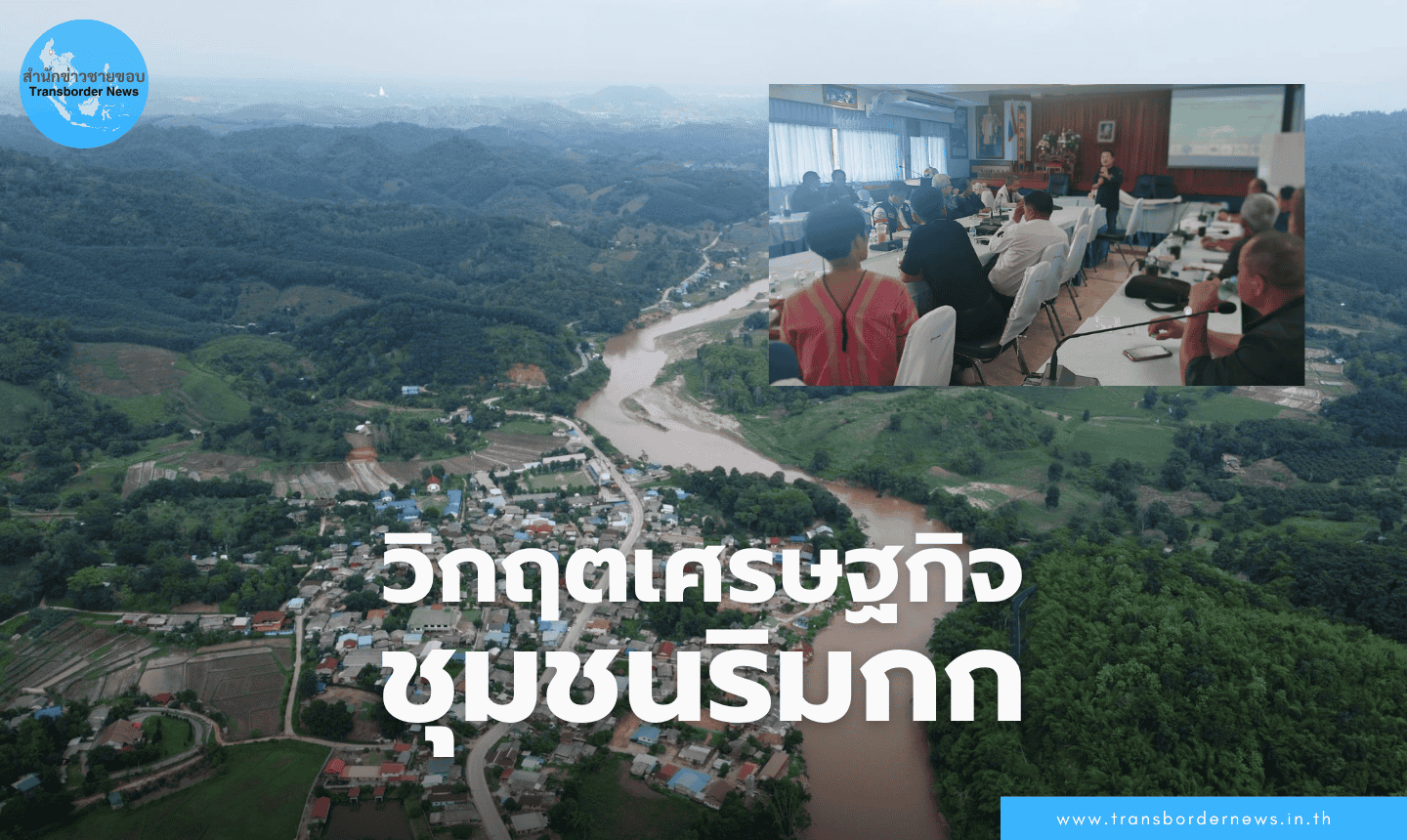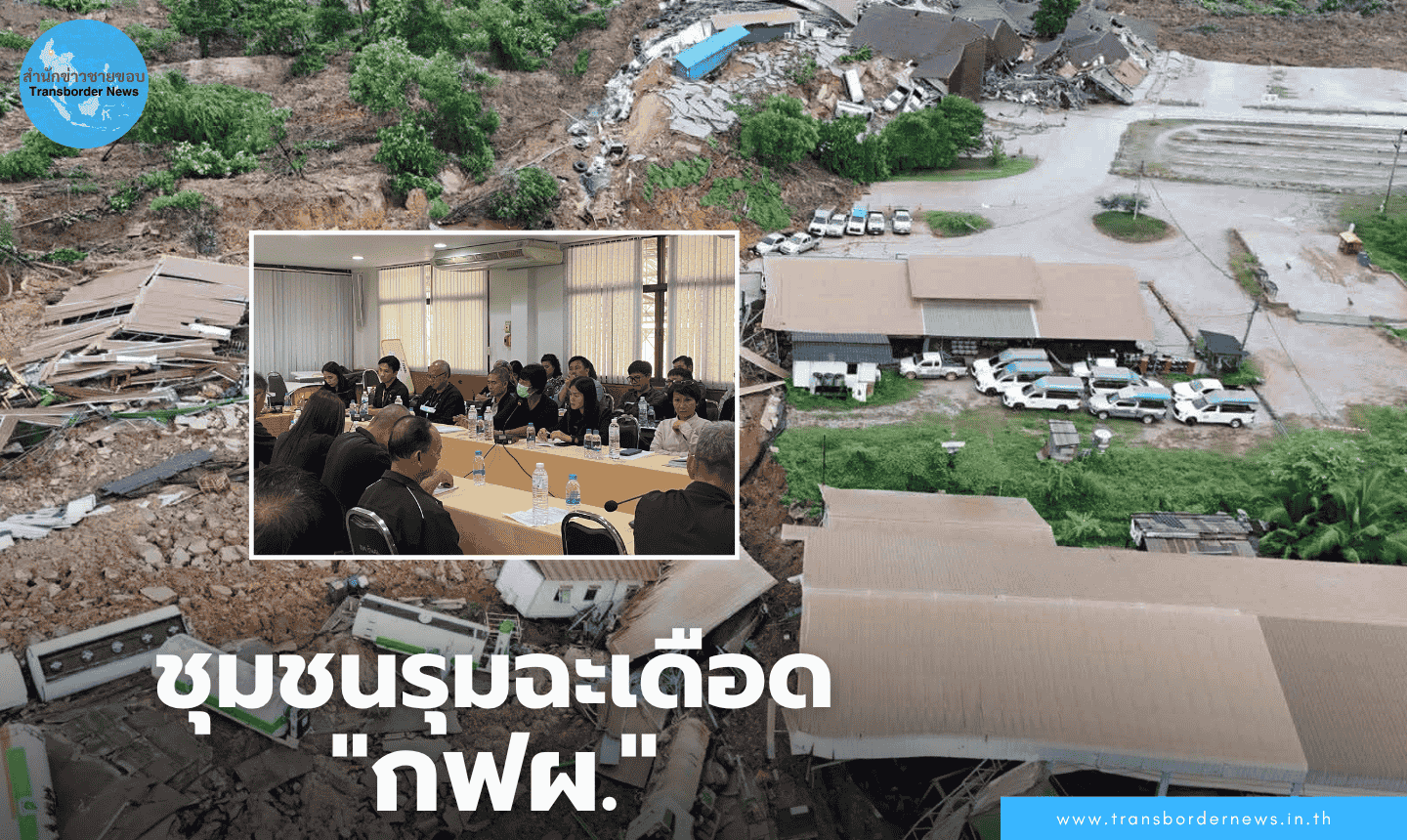
The Pollution Control Department (PCD) reported on Wednesday that field tests detected trace amounts of arsenic in the Salween River at two sites, with concentrations at the safety threshold of 0.01 milligrams per litre, while five other test points showed levels below the standard.
According to the PCD’s official Facebook page, a total of 10 samples — seven from the Salween River and three from local water sources — were tested using portable test kits. Preliminary results found arsenic contamination within safety limits at the first five sites, with results from the remaining five still pending.
Surin Varakitthamrong, a PCD official, said the inspections were conducted under orders from Prime Minister Anutin Charnvirakul and Deputy Prime Minister and Natural Resources Minister Suchart Chomklin, following public concern over earlier reports from Chiang Mai University that found arsenic levels five times above safety standards.
He said PCD officers, together with the Department of Water Resources and the Department of Groundwater Resources, collected samples from five sites in Sop Moei District, Mae Hong Son. Arsenic concentrations of 0.01 mg/L were found at Mae Sam Lap Pier and Ban Sop Moei on the Salween’s bank, while slightly lower levels of 0.005 mg/L were recorded at two nearby hamlets. No arsenic was detected in the fifth site on the Moei River. Further testing and laboratory confirmation are underway.
Surin noted that differences in river conditions may explain discrepancies with the earlier Chiang Mai University study. “During September, the river was swollen with heavy runoff, muddy water, and strong currents. But on November 5, the water level had dropped and turned light brown,” he said. The PCD will now collect samples of water and sediment for laboratory analysis of arsenic and other heavy metals.
Local fish samples — including catfish, loaches, and river eels — are also being tested by provincial fisheries officers, while the Agriculture Ministry will check for heavy metals in crops grown along the riverbanks.
However, Somporn Phengkham, an independent researcher and director of the Community Health Impact Assessment (CHIA) Platform, criticised the PCD for announcing incomplete data based on field test kits.
“The PCD’s public statement using preliminary test-kit results only creates confusion,” Somporn said. “Different brands of test kits give varying accuracy, and results often underestimate actual levels found in lab analysis. If the field test shows 0.01 mg/L — the upper safety limit — lab results may well be higher.”
Somporn warned that the PCD’s announcement could mislead villagers into believing the water is safe. “People trust official information. If they think contamination is below the limit, they may keep using the water or eating river fish, putting their health at risk,” she said.
“An arsenic reading of 0.01 is already alarming. Authorities should advise residents to take precautions with both household water and river-fed agriculture until laboratory results confirm safety,” Somporn added. “This is especially important in remote ethnic communities where communication is limited and risk awareness is low.”
This is a translation of original Thai article
https://transbordernews.in.th/home/?p=44387




